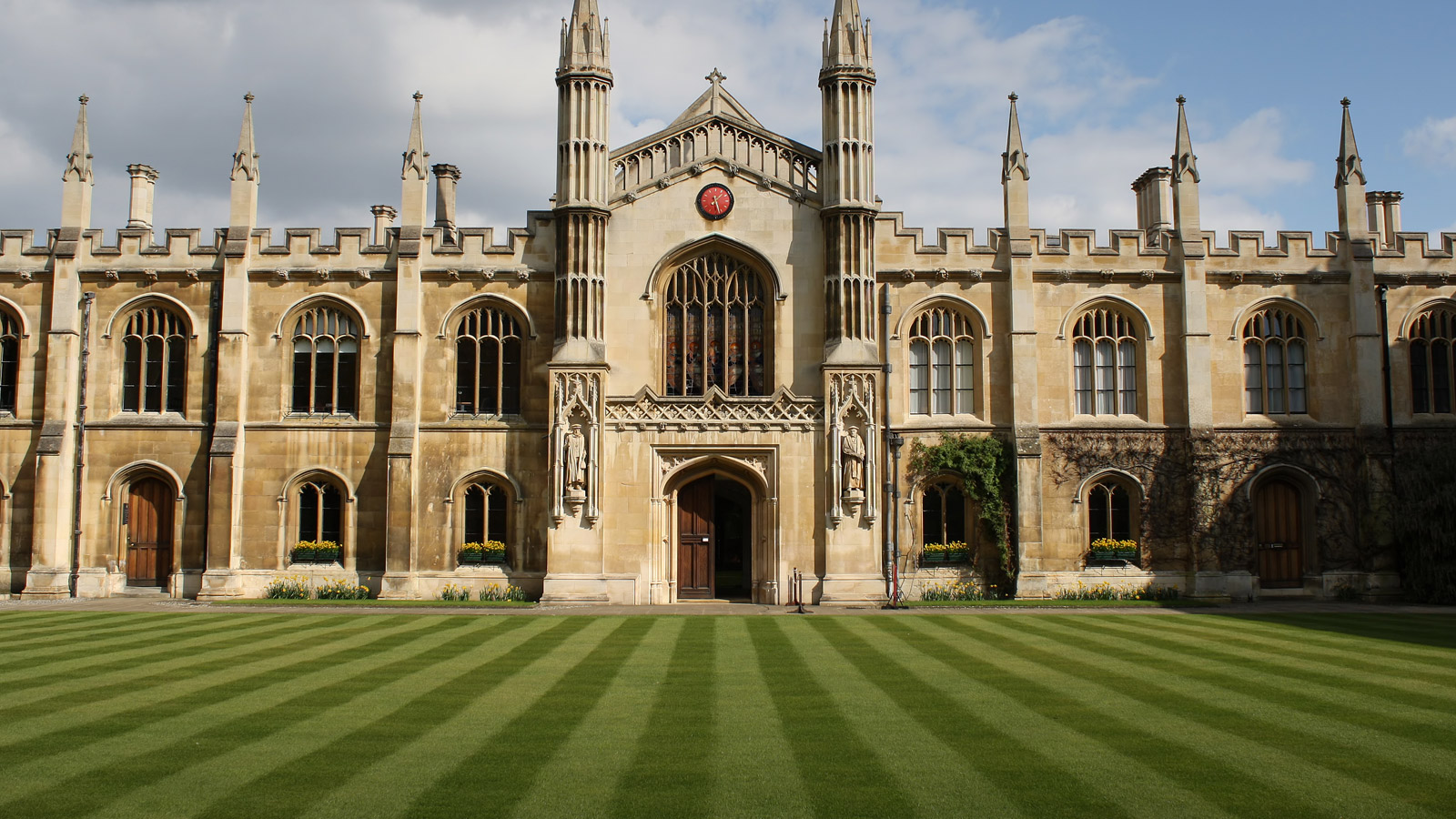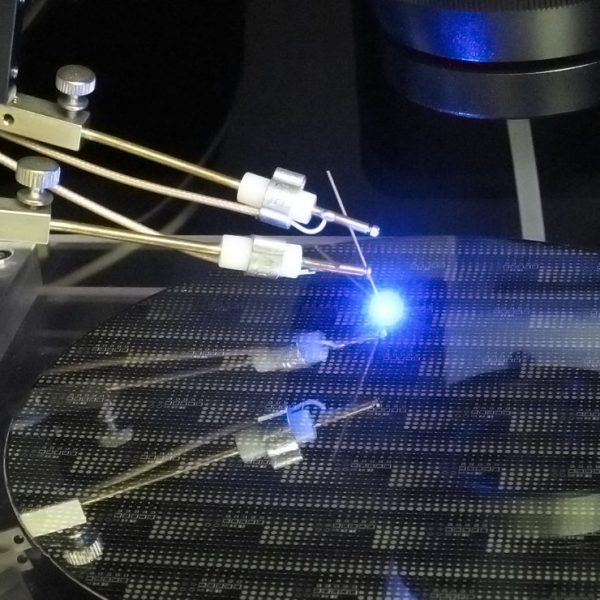This website uses cookies so that we can provide you with the best user experience possible. Cookie information is stored in your browser and performs functions such as recognising you when you return to our website and helping our team to understand which sections of the website you find most interesting and useful.

University of Cambridge
Introduction
Founded in 1209, the University of Cambridge comprises 31 autonomous Colleges, and 150 departments, faculties and institutions welcoming students from 120 countries. To date, 90 affiliates of the University have won the Nobel Prize and the University sits at the heart of one of the world’s largest technology clusters. The ‘Cambridge Phenomenon’ has created 1,500 hi-tech companies, 14 of them valued at over US$1 billion and two at over US$10 billion. Cambridge promotes the interface between academia and business, and has a global reputation for innovation.


Royce Facilities

The Maxwell Centre at The University of Cambridge is the centrepiece for industrial engagement with the physical scientists and engineers working on the West Cambridge Science and Technology Campus. Two-way flow of ideas and researchers adds value when ‘blue-skies’ activities meet research objectives relevant to economic opportunities for industry and society at large. The scale of industrial involvement is already substantial, and this will be increased through the activities in the new building, in the collaborating Departments and in the commercial space on the West Cambridge site. The associated industrial research, development and manufacturing will generate an overall economic impact within the UK much greater than the co-investment committed to the programme. The new building provides 4,530m22 of gross space (3,046m22 net) of which about 700m22 (net) hosts state-of-the-art research laboratories – the latter figure will be enhanced by about 500m2 (net) by reconfiguring areas within the Physics of Medicine Building. The cost of the Maxwell Centre building construction was £25.6M.
Today’s excellent technologies operate at a level way below the scientific limits to performance. Imagine a mobile phone which had: a processor and memory which drained 1/10th of the power; a safe battery with three times the energy density and 10 times more charge; a transparent solar coating so that the battery could be recharged by the sun; a display with a quarter of the thickness, drawing 1/3 of the power and was unbreakable and half the weight that it does today. Your phone would need charging once a month and replacing once a decade. Royce can turn these possibilities into reality. Atoms to Devices focuses on: Energy Generation; new materials that are able to power autonomous devices by harnessing energy from the environment. Energy Storage; significant improvements in the energy density, longevity, cost and compatibility of the various energy storage technologies required to power the next generation of ICT devices. Energy Use; radical approaches to reduce power consumption in processing and memory, towards the theoretical limits that are many orders of magnitude below current silicon-based technology, and making devices more lightweight.


